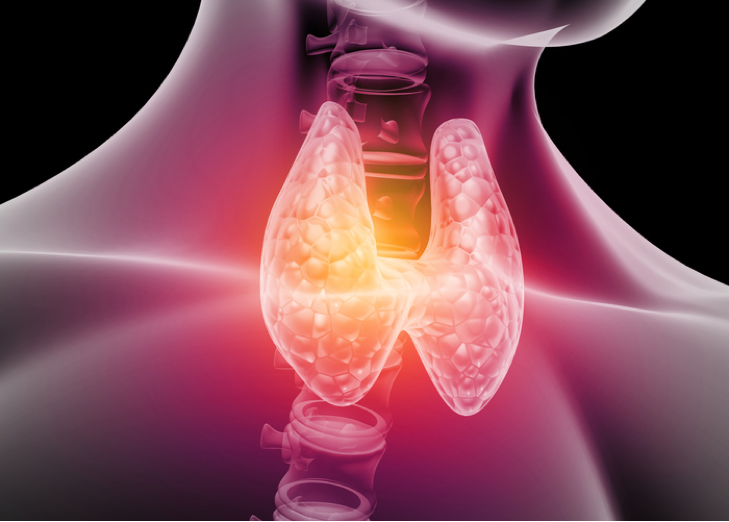Failure to distinguish HHV-6A from HHV-6A/B, and questions about assay sensitivity, make results difficult to interpret.
Past publications have indicated that infection of the thyroid gland by HHV-6A may be one trigger of two autoimmune diseases: Graves’ disease and Hashimoto’s thyroiditis.
Investigators in Oslo, Norway, pursued the possibility that several viruses might be triggers of autoimmune thyroid disease: HHV-6, enteroviruses, parvovirus B19, hepatitis C virus, adenovirus, astrovirus, norovirus, rotavirus and sapovirus. However, the study did not distinguish between HHV-6A and HHV-6A/B.
The team collected tissue from core needle biopsies performed during thyroid surgery in 20 patients with Graves’ disease, 15 with Hashimoto’s thyroiditis, and 18 undergoing neck surgery for reasons other than thyroid autoimmunity.
To detect HHV-6 and enteroviruses, homogenates from the tissue were cultured with cell lines known to be permissive for infection with these viruses. PCR was used to detect viral nucleic acids, and cells also were assessed for viral antigens.
To detect the other viruses, because the needle biopsies contained little tissue, whole genome amplification techniques were used. Then DNA and RNA were extracted, and RNA was reverse transcribed. PCR assays for all the viruses were conducted.
In 75% of the cases of autoimmune thyroid disease, thyroid tissue revealed viral nucleic acid or antigen of at least one of the viruses; in 43%, only a single virus was detected. An enterovirus was found in 51% of cases, HHV-6 in 30% of cases and parvovirus in 22% of cases. EBV and CMV were found only rarely.
However, thyroid tissue from the control subjects without autoimmune disease contained evidence of a viral infection with similar frequency.
Thus, this study provides no evidence in support of the theory that autoimmune thyroid disease can be triggered by a viral infection of the thyroid gland, including infection with HHV-6A. However, the sensitivity and specificity of the assays used are unclear, and the failure to distinguish between HHV-6A and HHV-6B (when only HHV-6A has previously been suggested as a trigger for autoimmune thyroid disease) makes it difficult to interpret the results of the study.
Read the full paper: Weider 2022

